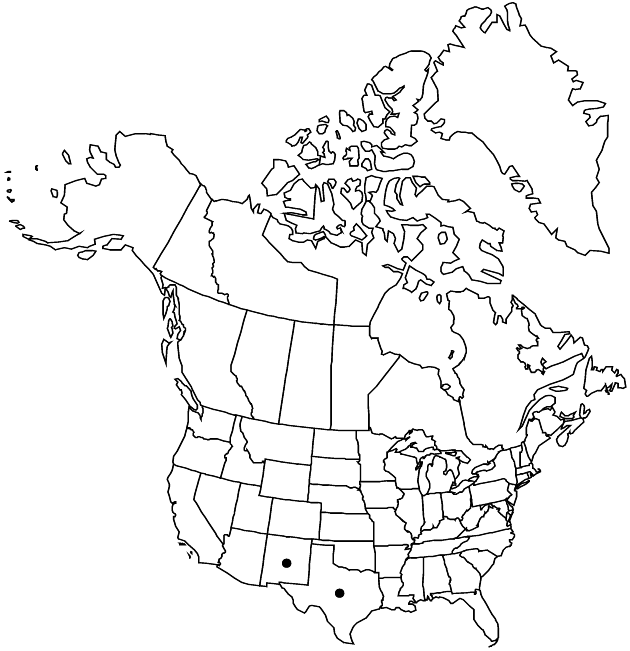Difference between revisions of "Pinaropappus parvus"
Contr. U.S. Natl. Herb. 22: 655. 1924.
FNA>Volume Importer |
imported>Volume Importer |
||
| (3 intermediate revisions by 2 users not shown) | |||
| Line 8: | Line 8: | ||
}} | }} | ||
|common_names=Small rocklettuce | |common_names=Small rocklettuce | ||
| + | |special_status={{Treatment/ID/Special_status | ||
| + | |code=E | ||
| + | |label=Endemic | ||
| + | }} | ||
|basionyms= | |basionyms= | ||
|synonyms= | |synonyms= | ||
| Line 33: | Line 37: | ||
-->{{#Taxon: | -->{{#Taxon: | ||
name=Pinaropappus parvus | name=Pinaropappus parvus | ||
| − | |||
|authority=S. F. Blake | |authority=S. F. Blake | ||
|rank=species | |rank=species | ||
| Line 47: | Line 50: | ||
|publication title=Contr. U.S. Natl. Herb. | |publication title=Contr. U.S. Natl. Herb. | ||
|publication year=1924 | |publication year=1924 | ||
| − | |special status= | + | |special status=Endemic |
| − | |source xml=https:// | + | |source xml=https://bitbucket.org/aafc-mbb/fna-data-curation/src/2e0870ddd59836b60bcf96646a41e87ea5a5943a/coarse_grained_fna_xml/V19-20-21/V19_605.xml |
|tribe=Asteraceae tribe Cichorieae | |tribe=Asteraceae tribe Cichorieae | ||
|genus=Pinaropappus | |genus=Pinaropappus | ||
Latest revision as of 20:53, 5 November 2020
Perennials, 3–7 cm (forming dense clumps and mats). Stems 3–10+, bases relatively think. Leaf blades linear-oblanceolate, 2–5 cm × 1–3 mm; cauline progressively reduced to linear bracts. Involucres narrowly cylindric, 8–10 × 3–5 mm. Phyllaries purplish (margins white), broadly lanceolate, 6–8 mm, apices purple to dull brown (necrotic), acute. Paleae 7–8 mm. Florets 20–30; corollas pink, 6–8 mm. Cypselae 4–5 mm; pappi 2–3 mm.
Phenology: Flowering Jun–Jul.
Habitat: Exposed slopes, rocky ledges, limestone cliffs
Elevation: 1800–2200 m
Discussion
Pinaropappus parvus is easily recognized by the extremely dense clumping habit, relatively short stems, and relatively small heads. At flowering, the phyllaries are usually purple in the center with scarious margins and purple to dull brown tips.
Selected References
None.
Lower Taxa
None.
